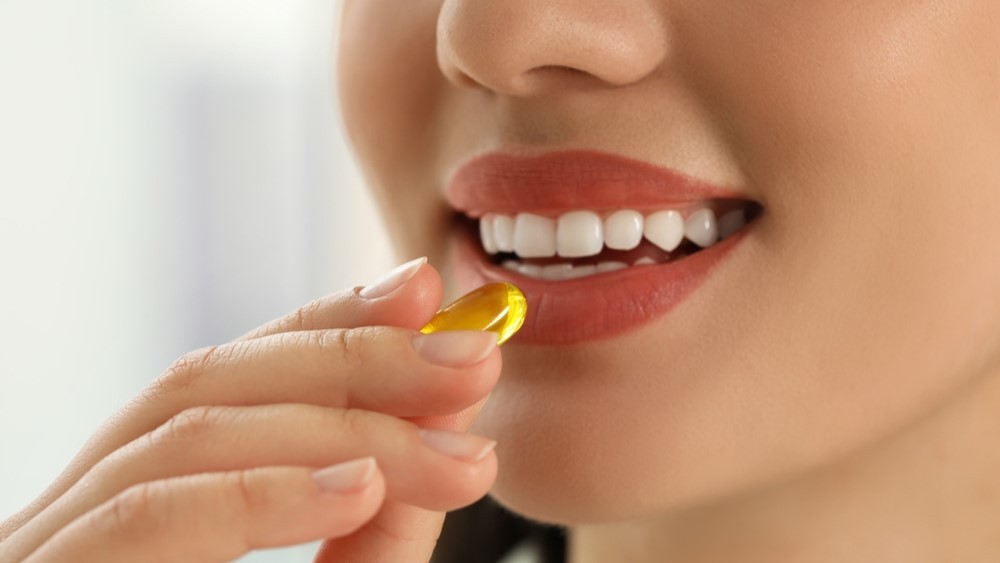According to Japanese Cosmetic Regulations, the Pharmaceutical Affairs Law defines a class of substances that are partially cosmetic and partially drugs, which are defined as quasi-drugs. Quasi-drugs are legally classified between cosmetics and drugs and a great number of them are based on folk medicine.
These drugs exert mild actions on the human body
- Prevention of nausea or other discomforts, or prevention of foul breath or body odor
- Prevention of prickly heat, and sores.
- Prevention of falling hair, hair restoration, or depilation
Examples of quasi-drugs, as per Minister of Health and Welfare (MHW Notification No. 14, 1961),
- Cotton products intended for sanitary purposes (including paper cotton)
- Products that cause mild action on the human body, with the purpose of prevention of acne, chapping, itchy skin rash, disinfection of the skin and mouth (so-called medicated cosmetics), and bath preparations.
Quasi-drugs are legally classified between cosmetics and drugs and a great number of thus, any substance that claims to prevent dandruff, razor burn, sunburn, and acne is considered a quasi-drug.
- The products among quasi-drugs are mouth refreshers, antiperspirants, anti-aging products, hair removers, hair growers (nutrients), depilatories, dentifrices, body deodorants, talcum powders, hair dyes and dye removers, bath preparations, medicated soaps and oily skin or acne treatment products.
- The manufacturers of quasi-drugs in Japan are required to obtain government approval before marketing. The following data must be submitted, depending on the kind of ingredients, etc,
- Data on origin, background of discovery, use in foreign countries
- Data on physicochemical properties, specifications, testing methods
- Data on stability
- Data on safety
- Data on indication and effects
For a product under application to be approved as a quasi-drug, it is a prerequisite that the purpose of its use is within the scope stipulated by the Pharmaceutical Affairs Law. Thus, approval of a product as a quasi drug determined by an integrated judgment of various factors such as
- its ingredients, quantity (composition),
- indications and effects,
- usage and dosage,
- and dosage form.
For example, those products whose effects are not mild and thus come under the category of poisons or deleterious drugs are not approved.
Make sure you also check our other amazing Article on: Classification of Cosmetics
